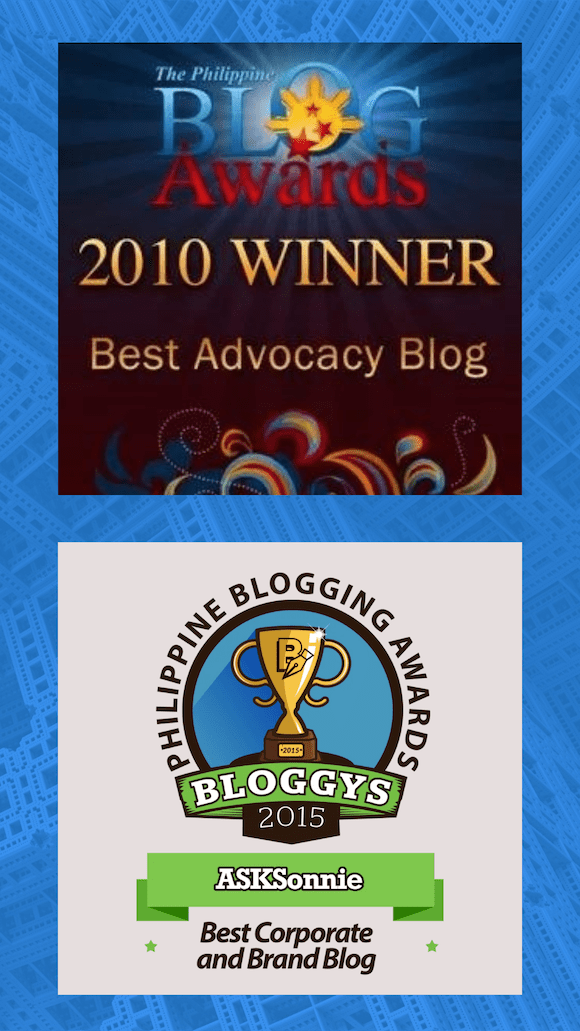How Cyber Wellness Evolved in the Philippines | From Family Advocacy to National Movement
• Updated Nov. 2, 2025
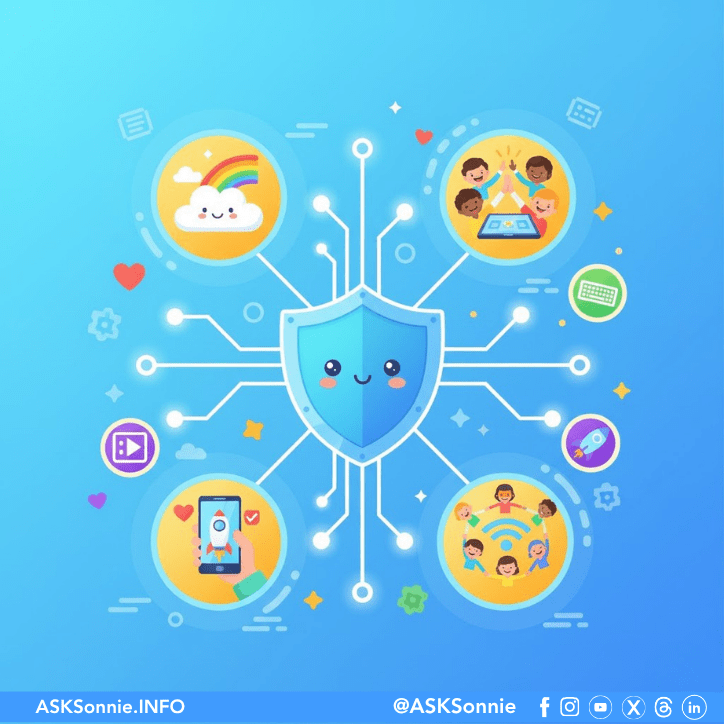
In the Philippines, Cyber Wellness has evolved from a parenting advocacy into a cross-sector national movement—integrating digital ethics across schools, government programs, and workplaces in Metro Manila, Cebu, and Davao. This local grounding signals a shared mission: to make the Philippine digital space safer, smarter, and kinder.
🌐 At a Glance: 2025 Cyber Wellness
- Focus: Empathy, AI-ethics, and resilience in digital spaces
- Core Pillars: Digital Hygiene • Accountability • Empathy • Empowerment
- Goal: Protect children, professionals, and communities from AI-driven threats and misinformation
📍 Case Insight: From Workplace to Wellness
When a local company integrated Cyber Wellness into its HR onboarding, incidents of phishing and online disputes dropped by 40% within six months. This shows that digital empathy and literacy are not just compliance topics—they’re productivity tools.
🧩 The Roots of Cyber Wellness in the Philippines
Long before “digital citizenship” became a buzzword, Filipino advocates were already talking about Cyber Wellness. In 2010, we launched the country’s first Cyber Wellness campaign to help parents understand the digital world their children were growing up in.
Our first seminar—“Keep Your Family Safe Online”—was a collaboration among volunteers passionate about digital parenting and online safety. What began as a one-time event evolved into a multi-sector movement that included parents, schools, and companies.
The advocacy eventually won Best Advocacy Blog (2010) from the Philippine Blog Awards and became a finalist for Globe’s T@tt Awards (2011).
💡 Why Cyberwellness Matters More Than Ever
- OSEC cases continue to rise nationwide.
- Phishing and e-wallet scams grow more sophisticated.
- AI-generated misinformation and harassment is on the rise.
Cyberwellness responds not with fear—but with education and empowerment. The best defense is not just technology but character and critical thinking.
🧭 The Evolution of the Cyber Wellness Movement (2010–2025)
| Year | Milestone |
|---|---|
| 2010 | Launch of “Keep Your Family Safe Online” parenting seminars |
| 2010 | Awarded the Best Advocacy Blog for Web Safety Campaign |
| 2011 | Finalist at the Globe T@tt Awards |
| 2012–2015 | Expanded to schools and universities addressing cyberbullying |
| 2016–2019 | Integration in HR and corporate wellness programs |
| 2020–2023 | Rise of OSEC and digital fatigue awareness |
| 2024–2025 | Inclusion of AI ethics, Safe Spaces Act (RA 11313), and mental health advocacy |
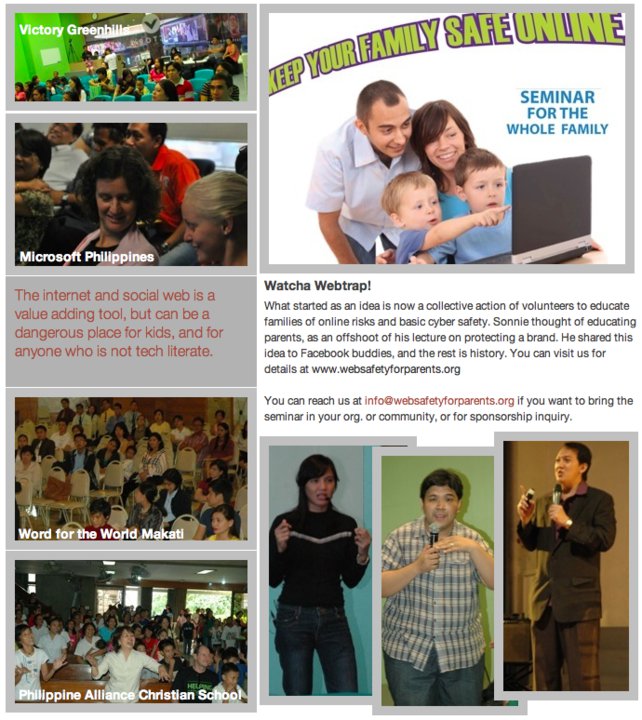
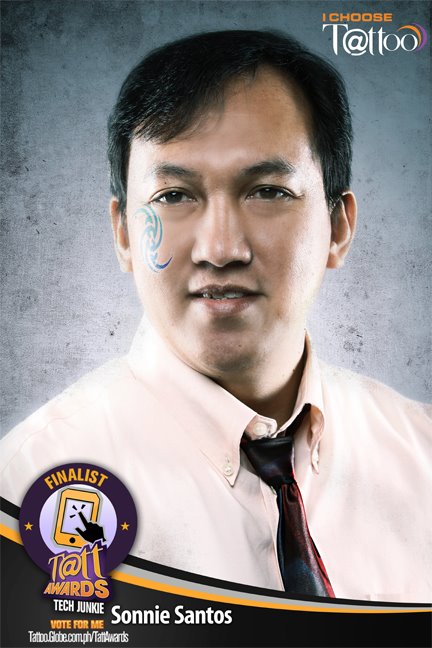
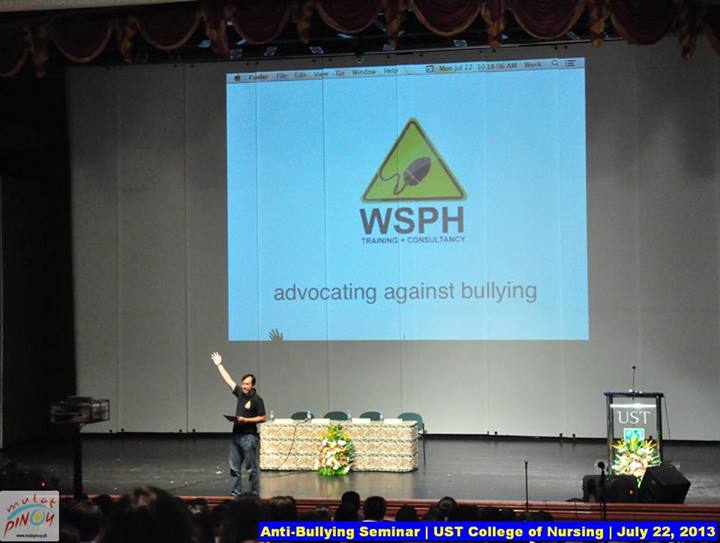

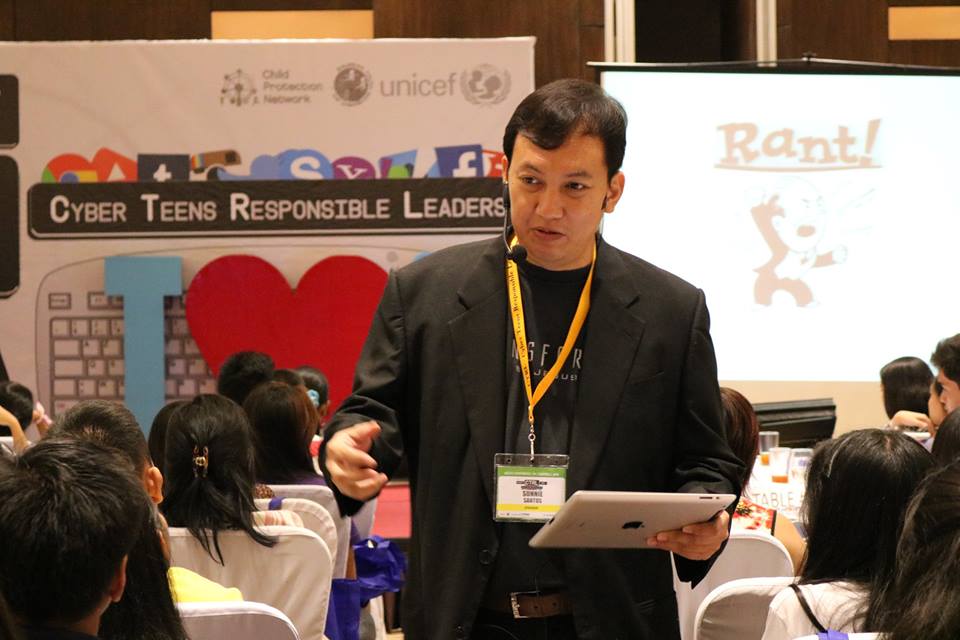
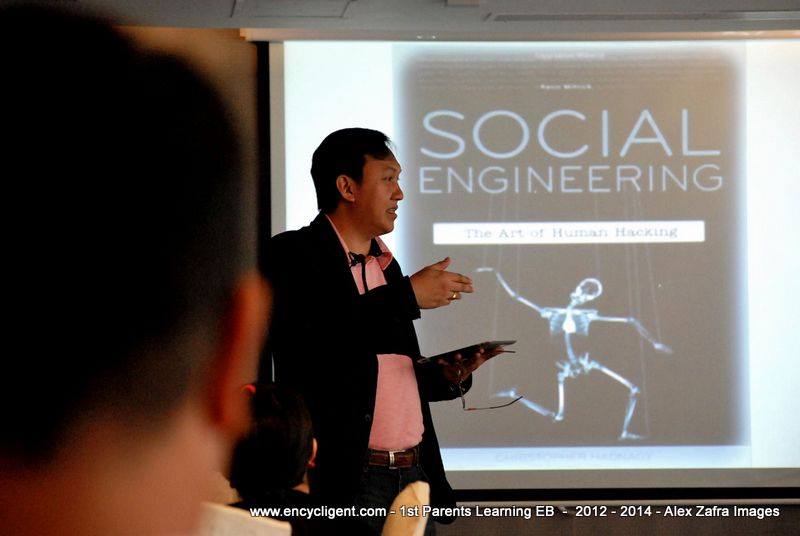
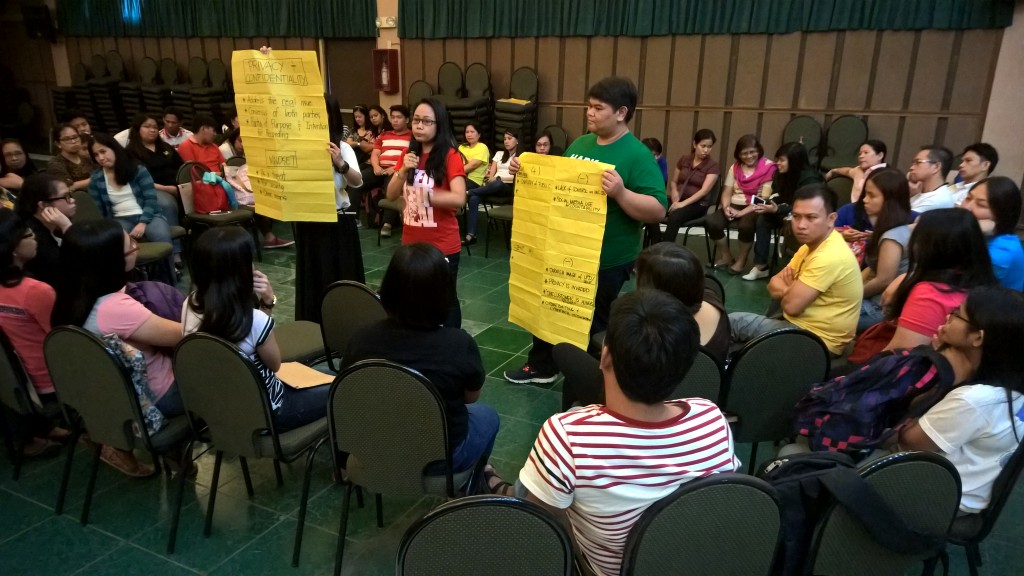
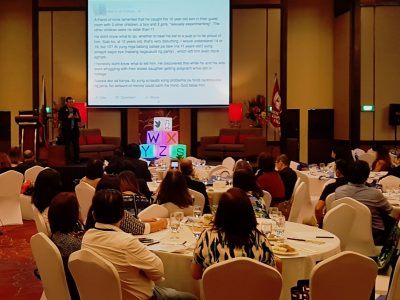
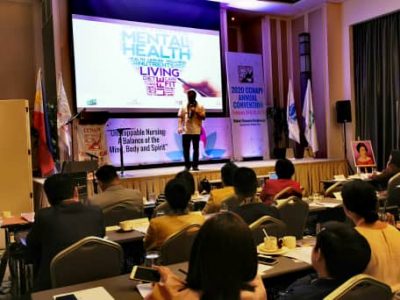
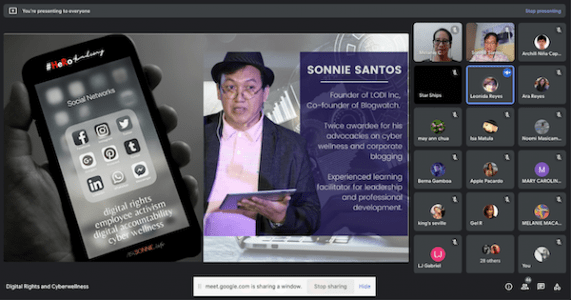
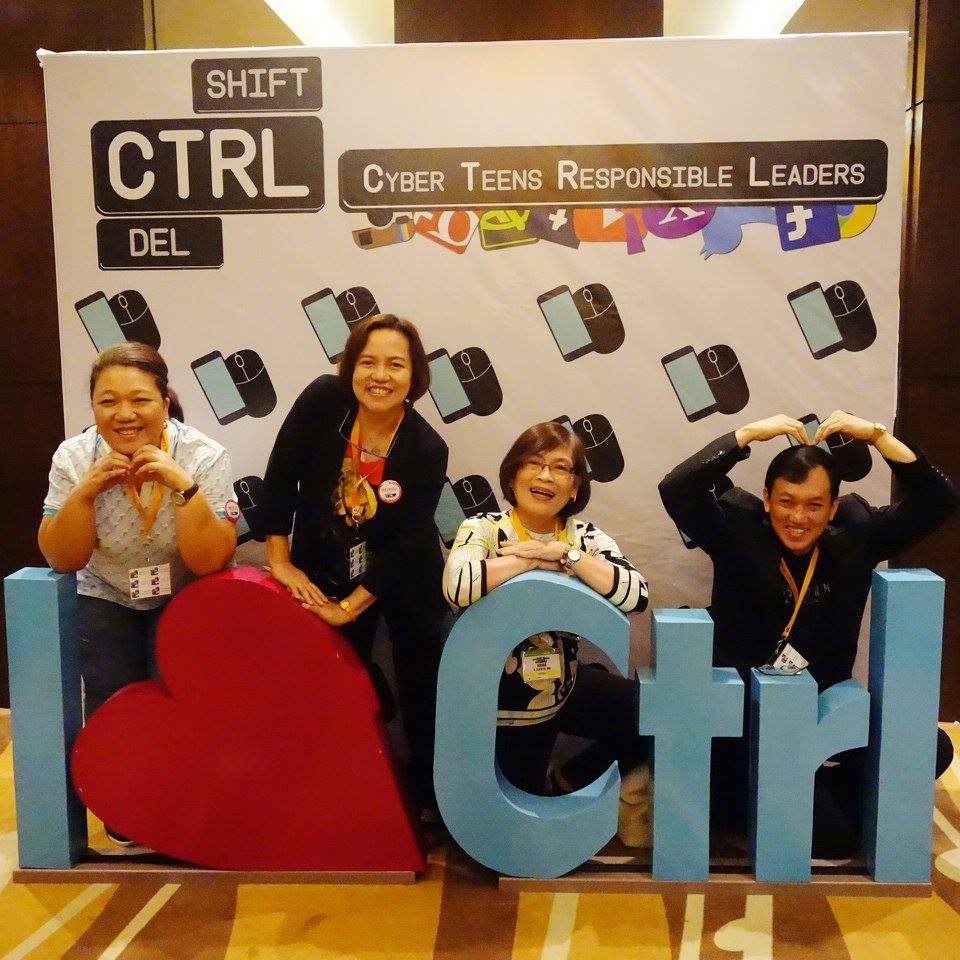

🔁 The ASK Framework and Cyberwellness
Align
Align values, policies, and digital behaviors with ethical and legal standards such as the Data Privacy Act and the Safe Spaces Act. These frameworks ensure accountability, respect, and compliance in both personal and institutional digital practices.
Strengthen
Strengthen capacity through continuous training, digital literacy sessions, and mental wellness initiatives.
This approach builds resilience, empathy, and psychological safety across schools, workplaces, and families.
Kickstart
Kickstart sustainable action by integrating Cyberwellness into HR strategy, school curricula, and PTA engagements. Awareness becomes culture only when learning translates into consistent practice.
👨👩👧 Parents, Schools, and the Call for Collaboration
From the early Christopher Lao incident to the more recent Emman Atienza cyberbullying case, up to today’s viral culture — online shaming remains a real threat.
“Digital literacy without digital ethics breeds arrogance, not wisdom.”
These real-world cases remind us that awareness and empathy must go hand in hand. Schools that integrate Cyber Wellness align with the DepEd Child Protection Policy (DO 40 s.2012) and nurture responsible, empathic students.
🧑💼 Cyber Wellness for Companies and Professionals
Online behavior affects not just personal reputation but corporate trust and data security. A single careless post or phishing click can harm both employee and organization.
- Onboarding and digital ethics training
- Employee engagement programs
- Policy reviews balancing rights and accountabilities
🧠 What a Cyberwellness Program Should Include
Stakeholders
- Schools, parents, corporations, NGOs, and government (DepEd, DICT, Barangays)
Objectives
- Align policies with Cybercrime, Anti-Bullying, and Data Privacy laws.
- Promote responsible digital behavior through training.
- Bridge the digital divide across generations.
- Equip communities to recognize and respond to online abuse.
- Promote empathy, inclusion, and resilience in digital spaces.
🫱🏽🫲🏽 Cyber Wellness Advocate Partners
“Cyberwellness isn’t just an IT concern — it’s a people strategy.”
We continue to collaborate with educators, HR leaders, and advocates to build safe, inclusive, and human-centered online spaces.
💬 How You Can Participate
- Educators: Integrate Cyber Wellness into student and faculty programs.
- Parents: Request digital parenting seminars from schools.
- HR Professionals: Add Cyber Wellness to employee development.
- Community Leaders: Promote Safe Spaces online and offline.
📩 asksonnie[at]outlook[dot]ph | 📞 +632 8514 9980
💡 The ASK Takeaway
Cyber Wellness embodies the heart of the
ASK Framework — Align • Strengthen • Kickstart:
- Align your mindset with truth, empathy, and respect online.
- Strengthen your digital literacy, resilience, and accountability.
- Kickstart change by modeling kindness and mentoring responsible digital citizens.
When we live these online, we turn digital spaces into kinder, smarter communities.
❓ Cyber Wellness FAQs (2025 Update)
What is Cyber Wellness?
Cyber Wellness is a proactive approach to digital living—using technology to add value, protect well-being, and foster respect online.
How is Cyber Wellness different from Cybersecurity?
Cybersecurity protects systems and data. Cyber Wellness safeguards people — focusing on empathy, ethics, and mental health in online behavior.
Why should companies care about Cyber Wellness?
Because online behavior impacts brand trust and compliance. Promoting digital hygiene reduces risk and strengthens workplace culture.
How can parents promote Cyber Wellness at home?
Model mindful tech use, set empathetic boundaries, and have open conversations about digital experiences.
How does AI affect Cyber Wellness in 2025?
AI deepfakes, misinformation, and algorithmic manipulation heighten risks. Practicing Cyber Wellness—critical thinking, empathy, and accountability—helps counter digital harm.
🕓 Last reviewed: November 2025
🤝 Closing Thought
Cyberwellness is more than a program—it’s a movement of mindset. As AI and automation reshape our lives, digital empathy becomes the new literacy.
Change the mindset and you change the behavior.
— ASKSonnie.INFO
📚 Related Reads



